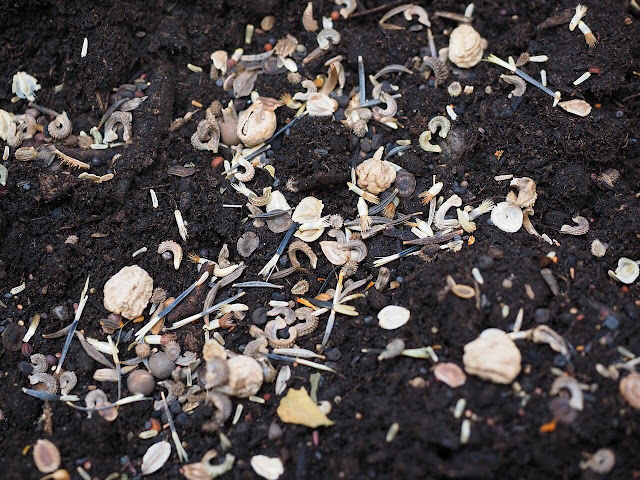The properties of peat, which affect foundation material, can be summarized as the great capacity for tacking up and holding water, high shrinkage on drying, high permeability, low shear strength and high compressibility.
Accordingly, from the engineering point of view, peat is often unstable for supporting any kind of structure and considered as the worst kind of materials that may encounter in the substrata.
Which Geophysical Method?
There are several geophysical methods that can provide plan and cross-sectional information to map the distribution of the peat and determine its thickness.
For example, Ground Penetrating Radar (GPR), Seismic Refraction, MASW and Electrical Resistivity Imaging . All of these methods are among the familiar method in peat survey.
For example, Ground Penetrating Radar (GPR), Seismic Refraction, MASW and Electrical Resistivity Imaging . All of these methods are among the familiar method in peat survey.
How These Geophysical Techniques Could Help?
In Electrical Resistivity Imaging survey, this technique exploits the electrical contrast between peat deposit and the host sediment.
As a result, cross-sectional diagram of the thickness and continuity of the peat and sediment layers can be determine.
Meanwhile, seismic surveys can determining physical properties of the peat and the underlying material. The choice of seismic refraction or MASW depends on the prevailing ground condition. If the peat is so wet and weak, MASW will NOT produce the desired result. Therefore, seismic refraction is better method.
For peat buried beneath a firmer sediment layer, MASW is the most appropriate method for finding such a low velocity weak hidden layer.
Ground Penetrating Radar (GPR) also can provide high resolution images of the deposit beneath the ground surface. This method is often best applied together with electrical resistivity imaging method.
